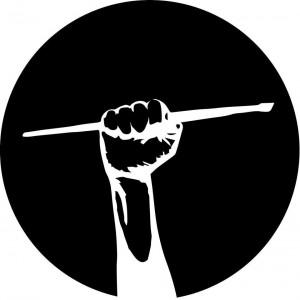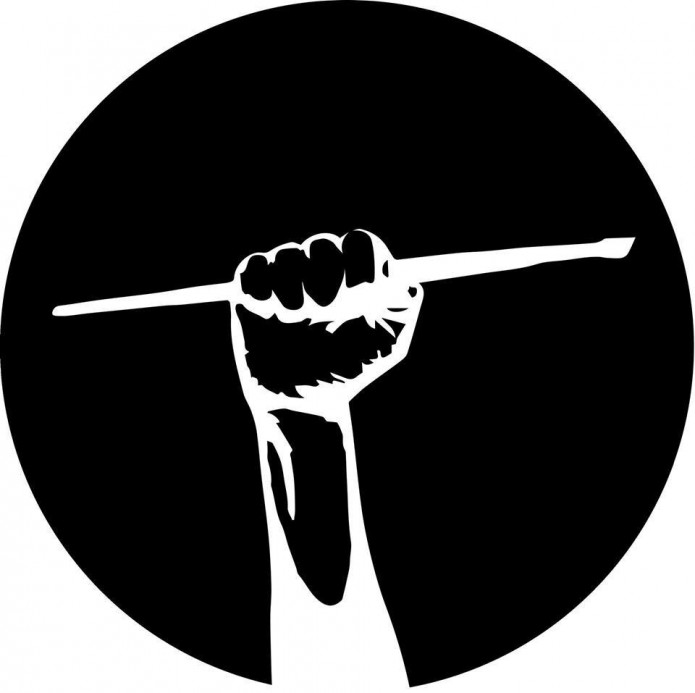In all this talk about empowerment, there is a strange absence of talk about power
Many artists and arts educators talk of tying art making to social change. Often this is explained in terms of “empowerment” — empowering youth, empowering communities. This rather vague term can refer to anything from building artistic skills to increasing confidence to helping people find their “voice.” But usually absent from the discussion is any deep talk about power — what it is, how it is built, and how it is confronted. We often end up making social change seem warm and fuzzy — all building relationships and skills and community, with little focus on conflict, resistance, or confrontation.
 If we really want to make change (and I
believe we do) we need to talk about power. The current state of things is defended by
people and institutions with enormous amounts of power. That power must be understood and
confronted for any change to happen. It’s messy, and risky, and might scare off some
funders, but is absolutely necessary.
If we really want to make change (and I
believe we do) we need to talk about power. The current state of things is defended by
people and institutions with enormous amounts of power. That power must be understood and
confronted for any change to happen. It’s messy, and risky, and might scare off some
funders, but is absolutely necessary.
When involved in art making for social change, we first of all need to understand what we are up against: What people, institutions, discourses, etc. are maintaining the status quo? What sources or types of power do they have? Where is that power weakest? How is is best addressed — confrontationally or relationally, overtly or covertly? And at the same time, what sources of power do we have? Where are we strongest? What kind of power do we need to build? What kind of resistance might we face?
To do this kind of power analysis in an artistic space requires broader understanding of power than we sometimes have. Power lies not just in political influence or money or mobilizing large groups of people, but also in the stories that are told about us and our communities, in the stereotypes that trap us, in the withholding of information and a censoring of history.
Over the next few posts, I’m going to explore some different theories of power, and what they suggest about how the arts and other forms of cultural expression can build, wield, and confront power:
Read the rest of the series on art and power at the links below:
- Part 2: Taking On the Invisible “Man”: How Art Confronts Power
- Part 3: More than the Sum of its (P)Arts: Relational Power and the Arts
- Part 4: Where is the Power? Creative Power Analysis and the Arts
- Part 5: What Superheroes Teach Us About Power





4 thoughts on “Artists: We Need to Talk about Power”
Comments are closed.